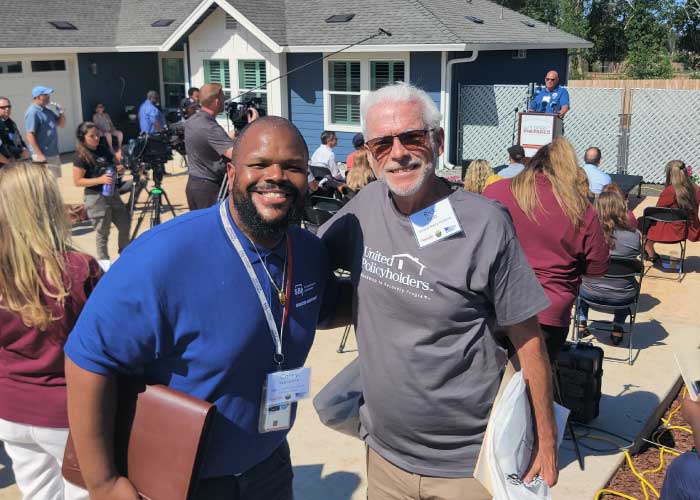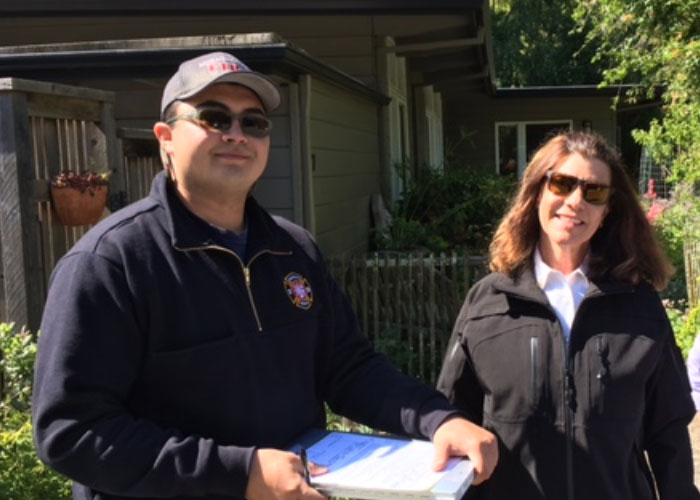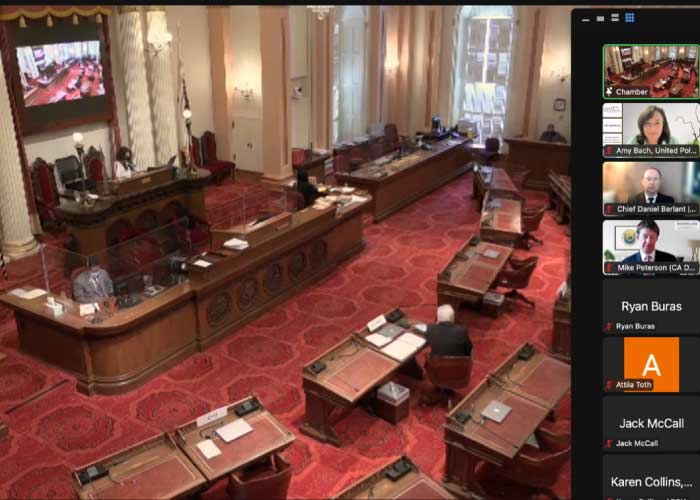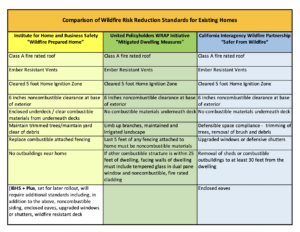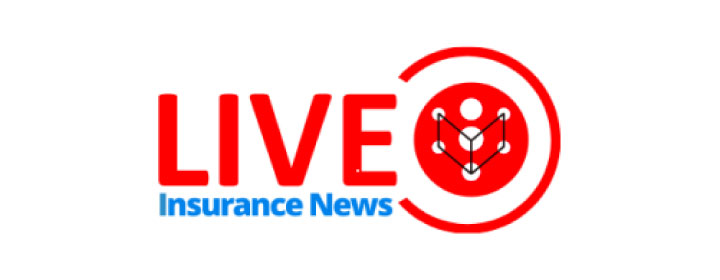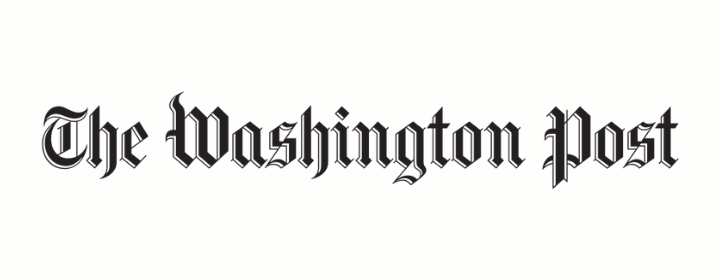By launching and advancing a “Wildfire Risk Reduction and Asset Protection” (WRAP) initiative in 2017, UP is helping property owners across California keep their assets insured during a home insurance availability and affordability crisis that is affecting many parts of the state. This crisis is hitting people hard in the pocketbook. Insurers have dropped (“non-renewed”) thousands of customers in areas they deem vulnerable to wildfires, and when those customers find a replacement home insurance policy, it provides less protection and costs as much as four times what they had been paying. Not only is this hurting homeowners…it’s reducing property values, hurting real estate sales and causing a ripple effect of economic harm. United Policyholders is working hard with powerful partners to help solve the crisis. We are helping people shop in a very challenging marketplace. We are working to solve the crisis through our WRAP initiative.
By launching a Wildfire Risk Reduction and Asset Protection (“WRAP”) initiative in 2017 and hosting regular meetings of a statewide working group since that time, United Policyholders is helping restore affordable, available property insurance options for home and business owners in wildfire-prone regions. Our focus is on helping people and communities invest in wildfire risk reduction to prevent damage and destruction and be able to keep their properties insured at reasonable rates. Our work includes helping property owners access expertise and financial resources for hardening homes and creating defensible space and advancing policies that will reward risk reduction and bring insurers back into zip codes where they’re no longer offering new or renewal policies. Our WRAP initiative has been focused on California, but we’re doing related work in Colorado and Oregon as well.
Data on property vulnerabilities and increased wildfire risk due to drought and extreme heat associated with climate change is causing insurance companies to dramatically reduce property insurance sales in Wildland Urban Interface areas, suburban and even urban regions throughout Western states. Insurers are dropping long time customers, declining new business and increasing premiums. This is making it very hard for home and business owners to keep their assets affordably or fully insured and comply with lender requirements.Reducing wildfire risk is critical to fixing this situation. Improving conditions so structures and communities are less likely to be damaged or destroyed in future wildfires will help restore insurer confidence and engagement and save homes!
UP is committed to helping establish incentives and rewards for those who invest time and money into risk reduction. Giving property owners a financial incentive (cheaper, more accessible insurance) to spend money and time on property improvements will increase parcel and community level mitigation, should restore insurer confidence and competition, and lead to appropriate discounts for reduced risk.
To accomplish this goal, WRAP founder Amy Bach identified the building blocks that need to be put in place and convened a California working group to expedite concensus around effective wildfire risk reduction. Through regular monthly meetings, UP is connecting stakeholders in impacted communities across the state to increase risk reduction momentum and programs that facilitate home hardening and defensible space. The working group includes fire scientists, firefighters, members of Fire Safe Councils and Firewise communities, the Institute for Home and Business Safety, (IBHS), the CA Department of Insurance (CDI), insurance professionals and UP staffers Emily Rogan, Joel Laucher and Annie Barbour.
The WRAP group’s first accomplishment was in October 2021 when we issued a proposed set of risk reduction standards and shared them with CDI and IBHS. Both CDI and IBHS subsequently issued largely identical standards.
The WRAP group’s next accomplishment was supporting CDI in adopting regulations that require insurers to adjust their rates to reward risk reduced properties and communities. Those regulations were filed with the CA Office of Administrative Law and are now approved. Insurance companies that sell home insurance in California filed updated rating plans to comply with the new regulations. These plans are in the process of being reviewed and revised or approved by the department within set time parameters. The first set of approved mitigation discounts are those filed by the California Fair Plan. To learn more about those discounts and how consumers can qualify for them, see our October, 2023 Home Insurance Briefing webinar recortding and slide deck.
Now that standards and a set of regulations are in place, our next goals are:
- Continuing to educate and support property owners on reducing risk and shopping for insurance.
- Monitoring insurance company compliance with the new regulations.
- Helping build out programs to provide financial and hands-on help with limbing trees, clearing brush, screening vents, boxing eaves, removing hazardous conditions and replacing class B roofs with class A roofs.
- Ongoing communication with insurance company representatives aimed at increasing renewals and new policy sales.
Thanks to United Policyholders’ staff, volunteers and partner network and a grant from the Office of Emergency Services, we are well on our way toward meeting those goals!
The following list identifies effective means for protecting a dwelling from wildfire loss. The list is not an exhaustive catalogue but is a focused compilation, created through United Policyholders “WRAP” initiative, of the key recommendations from an array of experts in residential wildfire risk reduction.
United Policyholders is encouraging all insurers to expand eligibility for coverage and to offer discounts in recognition of the reduced risk presented by homes that have incorporated these mitigation measures.
Wildfire Risk Reduction Partners and Working Group Participants (partial list)
|
Local and State Entities Supervisor Rosemarie Smallcombe, Mariposa County Town of Paradise, Recovery and Economic Development Department Mike Peterson, California Department of Insurance California Association of Realtors Rural County Representatives of California Marin Wildfire Prevention Authority Firefighting Professionals Bill Tyler, Novato Fire District Jordan Villagomez, Deputy Fire Marshall, Encinitas Fire Monterey County Regional Fire District California Department of Forestry and Fire Protection Western Fire Chiefs Association CalFire Research Professionals Michael Newman, Institute for Home and Business Safety Dan Gorham, Institute for Home and Business Safety Dan Turner, Cal Poly WUI FIRE Institute Marc Horney, Cal Poly Yana Valachovic, University of California Cooperative Extension Michele Steinberg, Wildfire Division Director, NFPA Megan Fitzgerald-McGowan, Firewise USA® Program Manager, NFPA |
FireSafe Councils and FireWise Community Advocates California Fire Safe Council Ventura Regional Fire Safe Council COPE (Citizens Organized to Prepare for Emergencies) Jim Webster, Wildfire Partners Greater Auburn Fire Safe Council Mary Schreiber, Fire Safe Council East Orange County Canyons Mt. Veeder Fire Safe Council Mariposa Fire Safe Council Modoc Fire Safe Council Oakland Fire Safe Council Pacheco Valley Firewise Committee Placerville Fire Safe Council Scripps Ranch Fire Safe Council Silverado Fire Safe Council SWRC Fire Safe Council Topanga Canyon Fire Safe Council Mitigation Products Steve Rahmn, Firebrand Safety Systems, Inc. Brent Berkompas, Brandguard Vents Wildfire Modeling Professionals Frederick Dupe Fortier, Zesty AI Tammy Schwartz, Black Swan Analytics |
If you are interested in joining the Wildfire Risk Reduction and Asset Protection Project Working Group, email: Emily.Rogan@uphelp.org
Consumer Help Information
- Dropped by your insurer, where to go for help
- The lowdown from UP on the California FAIR Plan, the last resort option for insuring your home
- UP Webinars: Shopping for Insurance in a challenging marketplace
Updates on the Affordability and Availability Crisis
- UP and WRAP partners testify before Congress on insurance challenges and progress in wildfire-prone states
- CDI Regulations Moving Forward (Sept 2022)
- UP Launches WRAP Working Group (2020)
- UP Petitions for Wildfire Insurance Investigation (Oct 2017)
- Wildfire Risk Reduction and Insurability (Jan 2017)
- Climate Change and Insurance
Reports and Bulletins
- Mandated vs. Voluntary Adaptation to Natural Disasters: The Case of U.S. Wildfires NBER report found homes that are built to the state’s latest wildfire building codes are about 40% less likely to burn down in a fire, and that when a home is built to wildfire code it also improve the odds of the homes right around it surviving, too. But the researchers also found few people are voluntarily upgrading existing homes. (Dec 2021)
- Commission of Catastrophic Wildfire Cost and Recovery Final Report
- Department of Insurance White Paper on Availability/Affordability
- Commissioner predicts shrinking insurance options for CA homeowners
- California Department Of Insurance Echoes Black Swan’s Call For Transparency In Wildfire Risk Assessment
Data / Survey Results
- 2022 California Home Insurance Survey (closed)
- 2019 California Home Insurance Availability Survey (closed)
- 2017 California Home Insurance Survey (report)

